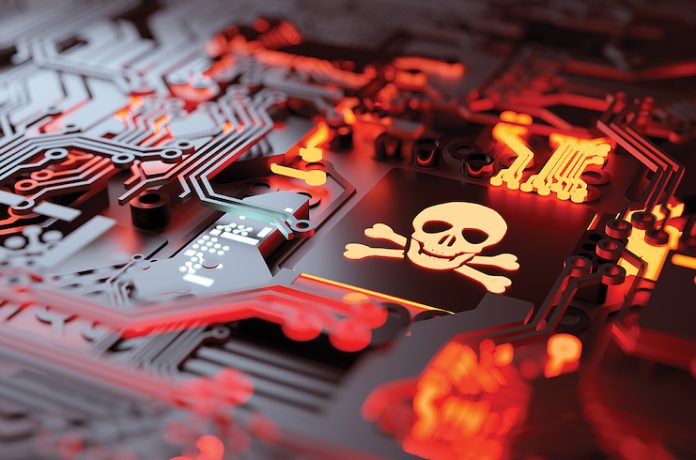
As inns and hospitality companies grapple with the evolving cybersecurity risk panorama, one of the huge challenges they face is ransomware. Doubtlessly inflicting knowledge loss and expensive restoration procedures, ransomware is a cybersecurity assault that encrypts recordsdata, making them inaccessible and not using a decryption key that solely the attacker holds. Operations would possibly freeze as IT groups scramble to revive entry. Hoteliers usually really feel pressured to pay to reclaim their knowledge and proceed serving company. This digital extortion is changing into more and more prevalent as a consequence of its profitable nature and relative ease of execution for attackers, posing a major concern to inns. Ransomware threats are a persistent problem for identification and entry administration (IAM) and safety specialists, as they’re always challenged. IAM methods play an integral function in a resort’s operations. Ought to an organization be locked out of its IAM setting, companies can grind to a halt for an unknown size of time and the flexibility to revive entry turns into a vital precedence.
Right here, we delve into three levels of ransomware preparedness tailor-made for hoteliers.
1Backup and restoration options.
With correct planning, IAM can stay operational even throughout a ransomware assault. Establishing complete backup methods is significant.
- Carry out common backups: Schedule common backups of important data—from visitor knowledge to reservation particulars. Guarantee these backups are saved securely away from the primary community.
- Use a number of storage options: Along with routine backups, having a number of storage options protects your knowledge, giving ransomware fewer alternatives to compromise your operations.
- Encrypt backups: Encrypting your backups ensures that solely these with decryption keys can entry them.
- Incessantly take a look at restoration methods: Frequently take a look at your backup and restoration processes to make sure they operate correctly and to focus on areas needing enchancment.
2Prioritizing knowledge mobility in IAM.
Knowledge mobility, the flexibility to seamlessly switch knowledge between methods, is essential to IAM resilience and mitigating potential disruptions. Having an IAM that may fluidly share visitor knowledge throughout numerous platforms ensures continued operations, even when one system is compromised.
3Catastrophe restoration plan testing.
A basic a part of fortifying your cybersecurity defenses is the common testing of catastrophe restoration plans. All too usually, enterprise continuity and catastrophe restoration plans for inns are drafted as a routine or compliance-driven course of and subsequently shelved. Sadly, with out energetic testing of those methods, they might not carry out successfully when an actual disaster hits.
- Take a look at and spotlight weak factors: Thorough testing is essential to recognizing potential vulnerabilities in your resort’s methods earlier than they escalate throughout real threats. Participating in workout routines like tabletop simulations can unveil neglected or unanticipated weaknesses from the preliminary planning.
- Asess response speeds after a cyber-attack: An integral facet of those checks is evaluating the pace of response following an assault. Speedy actions are important and might significantly scale back the monetary affect of system disruptions.
As inns and hospitality companies face the rising risk of ransomware, it’s extra essential now than ever to proactively put together your cybersecurity defenses. A powerful backup plan, coupled with knowledge mobility and restoration plan testing, ensures you’re at all times able to serve your company even in disaster conditions.
